Discover how AI will change your science classroom for the better
When the Artificial intelligence (AI) tool ChatGPT launched in late 2022, its potential impact on teaching became a significant concern among educators. Whatever our views on the subject, there is one thing we can all agree on – that the increasing pace of technological change will continue.
Much of the debate so far has been around potentially harmful AI tools – the ability to generate assessment content without teacher input, for example. However, given the huge benefits teachers and students alike may garner from AI, it’s vital that we make addressing the ‘AI problem’ a priority.
Where do we want to be in 20 years?
To make the most of AI technology we need to be imaginative, but also realistic. Once upon a time, we might have imagined future generations being educated at home by intelligent robots, but Covid lockdowns showed us that social isolation is detrimental to young people’s mental health and learning outcomes. Our students need to be in the classroom.
The teacher will rove the classroom while supporting students’ needs in a much more targeted and productive way
If we were building an AI-enabled education system from scratch, the nature of school buildings themselves might be very different. But, given financial constraints, the classroom of 2044 is unlikely to be that different from how it is today. And there won’t be a wholesale cull of staff – practical considerations such as staff-to-student ratios will remain – but the nature of the work done by the teacher will be very different.
How will AI change learning?
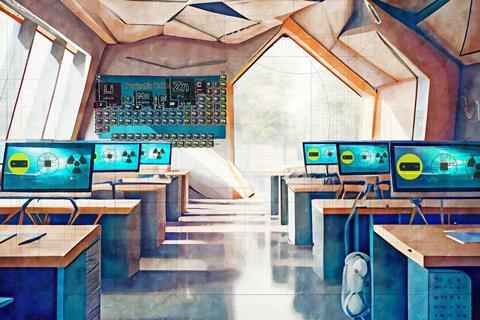
We’ve only just begun to tap into AI’s potential benefits, but changes are already underway in the classroom. By 2044, students learning on devices with all work visible on the teacher’s own device will be universal. No more time wasted on unjamming photocopiers and handing out worksheets. There will still be a whiteboard with a projector for teacher-led activities, and teacher–student dialogue will be just as important as it is today, but that dialogue will achieve more with AI. The teacher will rove the classroom supporting students’ needs in a much more targeted and productive way, while focusing on the overall aims of the lesson. Learning will also be personalised to each student, and this is where AI really comes into its own.
Today, teachers may use two or three versions of a resource to engage students who are at different levels of attainment, but by 2044 AI will adapt the learning activity in real-time to meet individual needs. AI will provide the framework required for students to carry out tasks that lie just beyond their current abilities and, as they work through an activity, it will intuitively adapt the level of challenge. The higher-attaining students will be stretched, with everyone given work tailored to them.
What about group work and practicals?
Group activities will continue to be an important part of lessons in 2044, but AI will play a key role in deciding which student is in which group. Whether the teacher needs to group students at a similar level or include both higher and lower achievers, AI will ensure the best learning outcomes for all.
In science, practical work will remain an essential teaching tool, and the experiments themselves are unlikely to change very much. There may be a robot technician, even if that currently seems a bit of a stretch given the fine motor skills needed to carry out practical-specific tasks. But the practical work itself will benefit from AI, with students being prompted to answer questions at key points in an experiment to ensure they know what they’re doing, and why, as well as what it means in relation to the underpinning theory.
What will exams and assessment look like?
By 2044, with so much data on student progress available, AI will help teachers generate lesson plans that truly meet the their classes’ needs. Assessment will be continuous, and attainment supported on an individual basis. Students could be graded in real time, so exams and separate end-of-year assessments should become a thing of the past. Parents will be able to log in to monitor their child’s progress on an ongoing basis, ending the need for reports.
As you can see, the possibilities for the use of AI in the classroom are endless. But there is one key question so far unanswered: what will the role of the teacher look like in 2044? Perhaps AI will be able to tell us …
Article by David Read, principal teaching fellow in chemistry at the University of Southampton

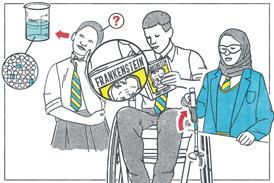

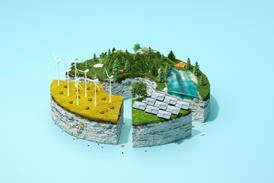


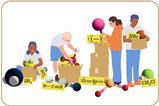

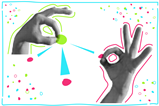






3 readers' comments